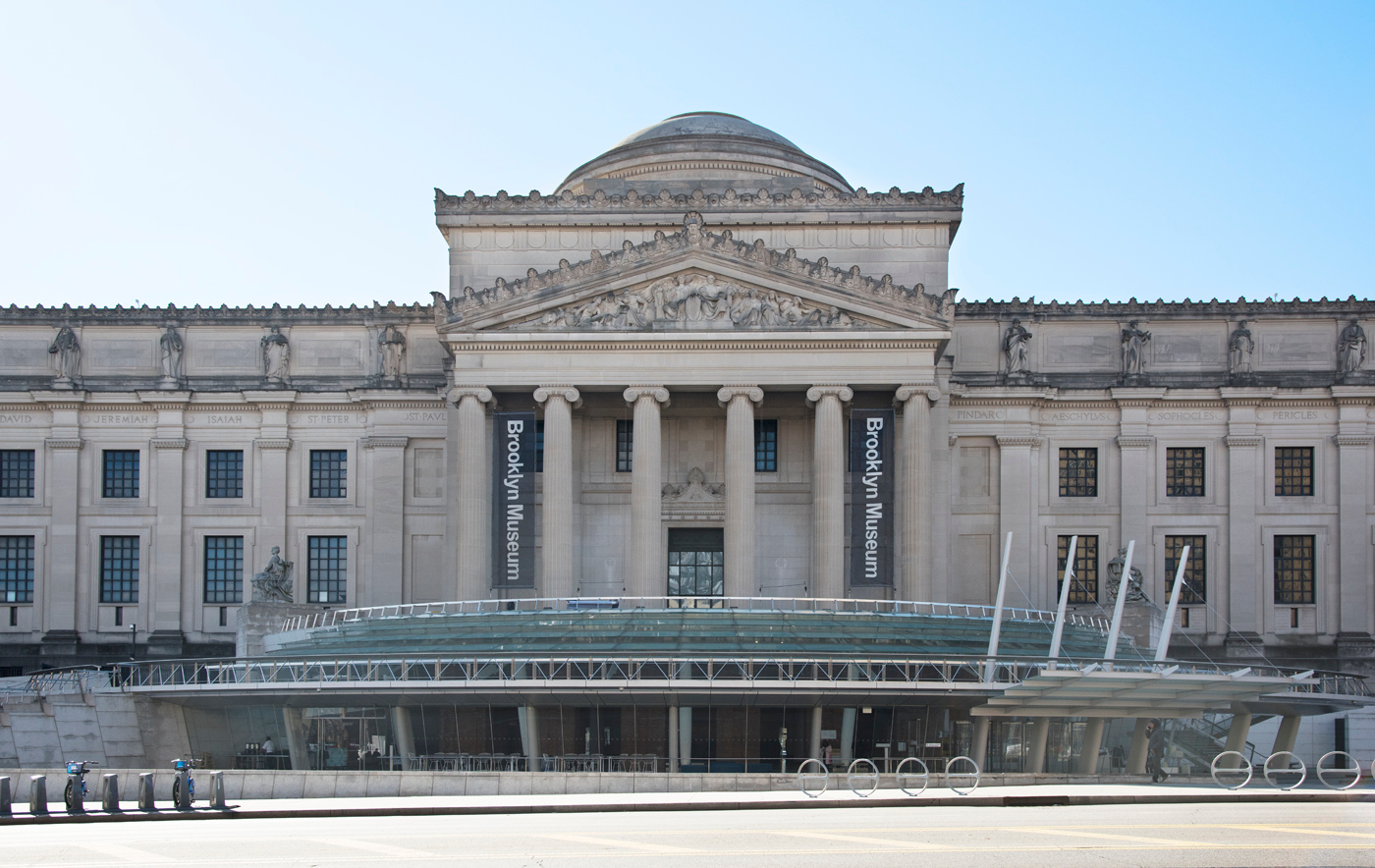
Today, New York City Mayor Bill de Blasio announced that the city will gift $50 million to the Brooklyn Museum—the largest capital investment in the institution’s history.
Funded through the Department of Cultural Affairs (DCLA), the money will be put toward modernizing the 120-year-old building, the second largest museum in the city, behind Manhattan’s Metropolitan Museum of Art.
“As New York City’s rich art and culture institutions emerge from the pandemic, this historic $50 million investment will ensure the Brooklyn Museum remains an iconic destination for generations to come,” De Blasio said in a statement.
The original footprint of the Beaux Arts structure designed by McKim, Mead, and White dates to 1895. Among the planned uses for the funding are renovating 40,000 square feet of existing exhibition space, building additional areas for educational programming and a new permanent gallery dedicated to the borough’s history, and implementing energy-saving technologies across the venue.
The museum’s fourth- and fifth-floor galleries will see the most substantial upgrades, according to the DCLA. These spaces, home to European and American art and design, will receive all new interiors and climate-control systems.
“Our exhibitions and public programs have been embracing ideas for 21st-century museums, but our building is absolutely mired in the 19th century. So it’s time to catch up,” Brooklyn Museum director Anne Pasternak told the New York Times.
She explained that she approached Mayor de Blasio in June of last year with the funding request—a substantial one in the best of times, but made all the more significant by the economic squeeze of the pandemic. (The museum receives roughly $9 million from the city annually, a figure that represents 20 percent of its operating budget.)
“When I came to them with this very big idea, they actually took the meeting, and they took it seriously,” said Pasternak.
The director also added that the planned upgrades will equip the museum’s galleries with the resources to stage more experiential shows. “People are wanting more immersive, participatory experiences in addition to having beautiful galleries with natural light,” she went on. “You want to be able to have sound; you want to be able to have projection. You want to be able to envelop people in a multitude of ways of telling stories.”